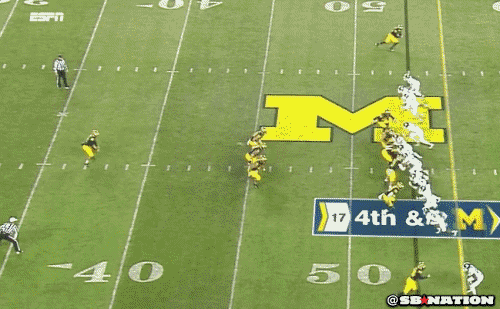Norbert Rillieux
Norbert Rillieux 1806 - 1894
Norbert Rillieux was born in Louisiana. His father Vincent, was a wealthy French man and his mother, previously enslaved, was a free woman by Rillieux’s birth. Being Creole and privileged allowed Rillieux to attend elite private schools in the States before being sent to France to study engineering.
This education trained Rillieux to become an expert in steam engines. Rillieux taught at L’Ecole Centrale, in Paris, where he published several papers on steam engine technology. Rillieux returned to Louisiana in the 1830s to oversee his father’s sugar plantation where the crop was processed into refined sugar.
Rillieux, the trained engineer observed the refining process and noted the labor-intensive process was slow, expensive, and inefficient due to its demands for boiling hot liquids. Applying his engineering training, Rillieux discovered a way to transform the sugar refining process.
Rillieux’s process enclosed the condensing coils in a vacuum chamber, which lowered the boiling point of the liquid, and allowed the juice to evaporate in a second chamber under a higher vacuum. This “Rillieux Process” siginificantly reduced the production cost and enhanced the overall quality of the sugar being produced.
After prominent Louisiana planters won prizes for producing “the best refined sugar,” Rillieux’s popularity grew. The planters attributed the success of their refining to Rillieux’s boiling process. By 1846, Rillieux’s evaporators became more mainstream and used across Louisiana and found their way into foreign markets soon after. The success made Rilleux highly sought after as an engineer.
But the racism and resulting discrimination he faced were unbearable. Rillieux returned to France in 1854. While Rillieux continued to tinker on various inventions, he never found a market as hungry for sugar refining as he did in North America. Rillieux would die in 1894 after deciphering hieroglyphics the latter part of his life.
The American Chemical Society designated the invention of the multiple effect evaporator under vacuum by Norbert Rillieux as a National Historic Chemical Landmark in a ceremony at Dillard University in New Orleans, Louisiana, on April 18, 2002. The plaque commemorating the designation reads:
Norbert Rillieux (1806-1894) revolutionized sugar processing with the invention of the Multiple Effect Evaporator under Vacuum. Rillieux’s great scientific achievement was his recognition that at reduced pressure the repeated use of latent heat would result in the production of better quality sugar at lower cost. One of the great early innovations in chemical engineering, Rillieux’s invention is widely recognized as the best method for lowering the temperature of all industrial evaporation and for saving large quantities of fuel.
























